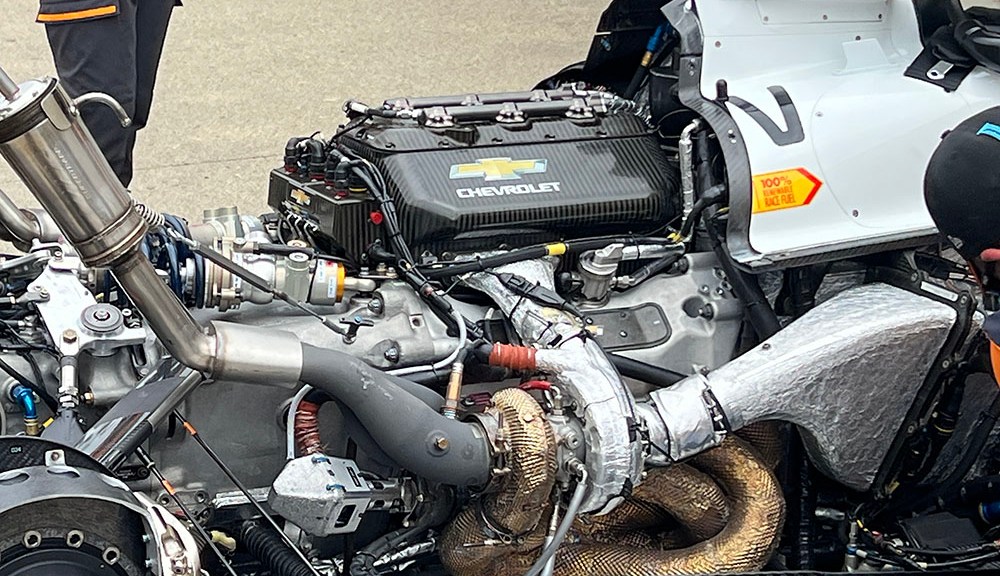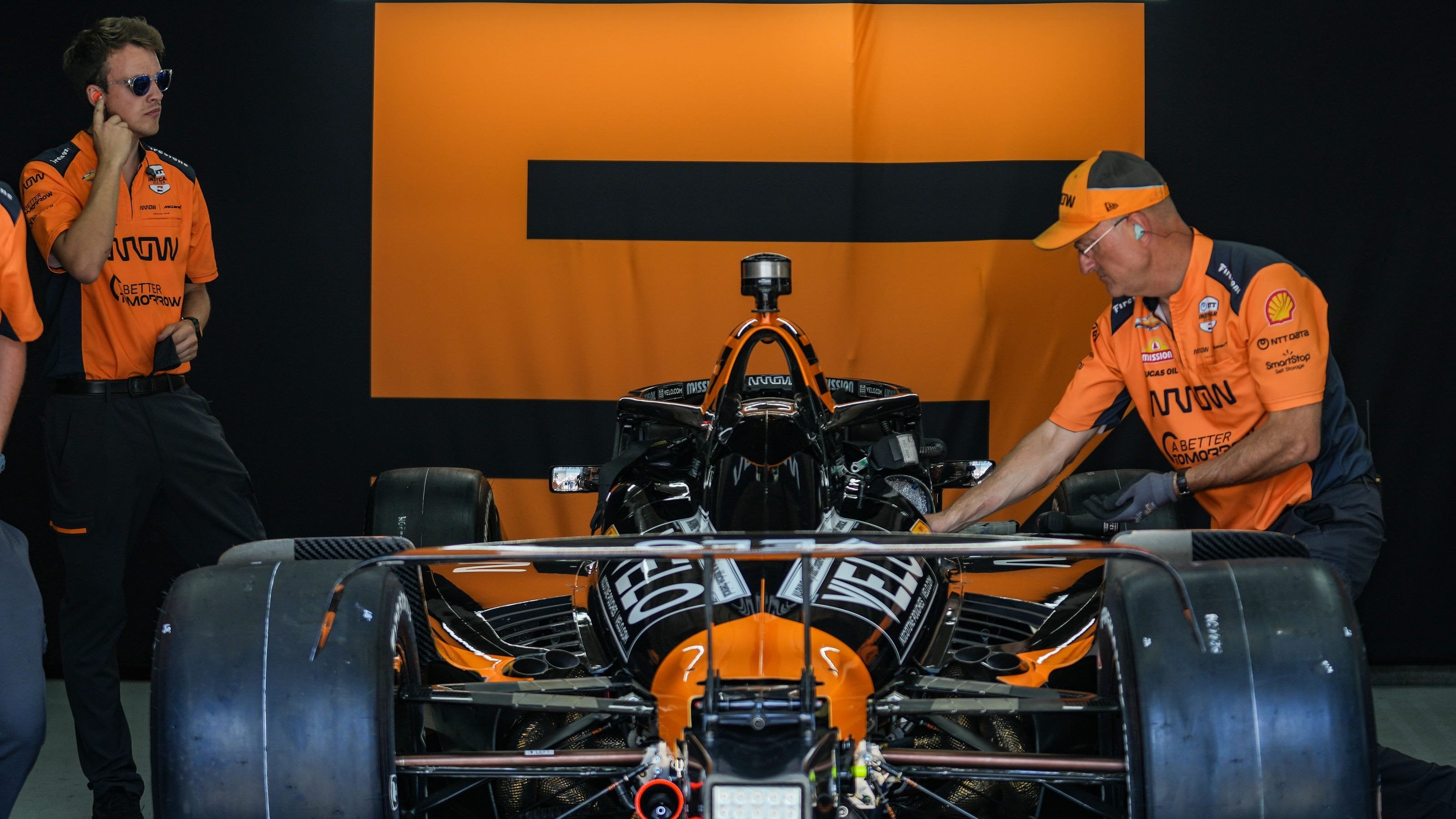Okay, so today I decided to tackle this “plenum fire IndyCar” thing. I’d seen some chatter about it online and, honestly, it sounded pretty wild. I’m no mechanic, but I like figuring stuff out, so I dove in.

Digging for Info
First thing I did was just a basic search. Typed in “plenum fire IndyCar” and, man, was there a lot of stuff! Forum posts, some news articles, even a couple of videos. It was a bit overwhelming at first.
I spent a good hour just reading through forums. Lots of people talking about experiences, potential causes, the whole deal. I started to get a sense of what a plenum fire actually is – basically, a fire in the engine’s air intake area, the plenum. Sounds scary, right?
Getting Down to the Details
After the initial info dump, I started to focus. I wanted to know:
- What causes it? Seemed like backfires, fuel leaks, and electrical issues were the main culprits.
- What happens during one? Apparently, it can get really bad, really fast. Flames shooting out, engine damage, the works.
- How do drivers deal with it? This was the really interesting part. I read about drivers shutting off the fuel, using onboard fire extinguishers, all while trying to control a speeding race car!
Visualizing the Mayhem
I watched a few videos of these fires. Man, it’s intense. You see this sudden burst of flames, the driver scrambling, the safety crews rushing in. It really brings home how dangerous racing can be.
Putting It All Together
So, after all this digging, here’s what I’ve pieced together. A plenum fire in an IndyCar is a serious situation. It’s a fire in a crucial part of the engine, and it can happen for a variety of reasons. Drivers are trained to react quickly, and safety teams are on standby to put out the flames and get the driver to safety.

It is dangerous.
It was a fascinating deep dive. I definitely learned a lot, and I have a whole new respect for IndyCar drivers and their crews. It is something that is so dagerous.
